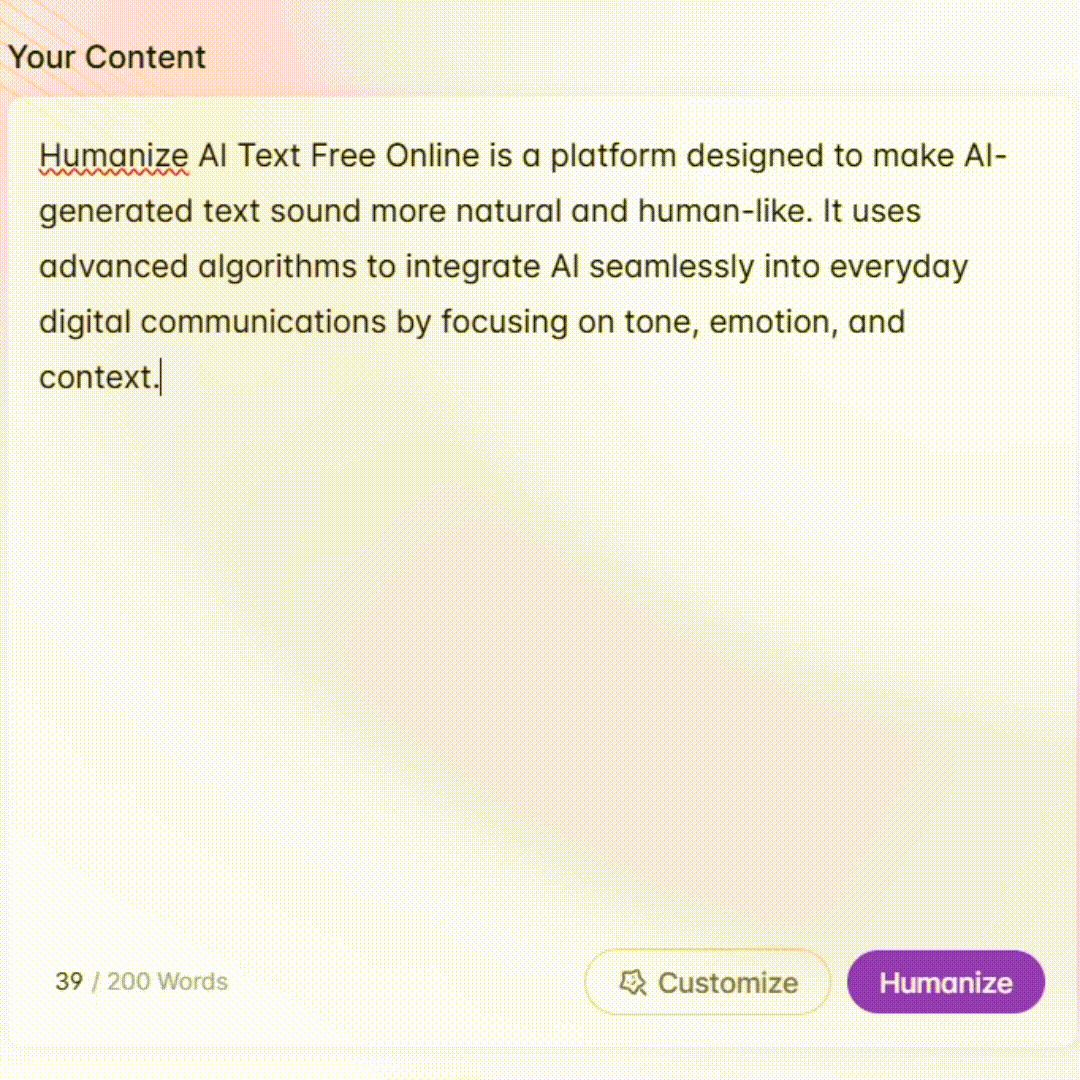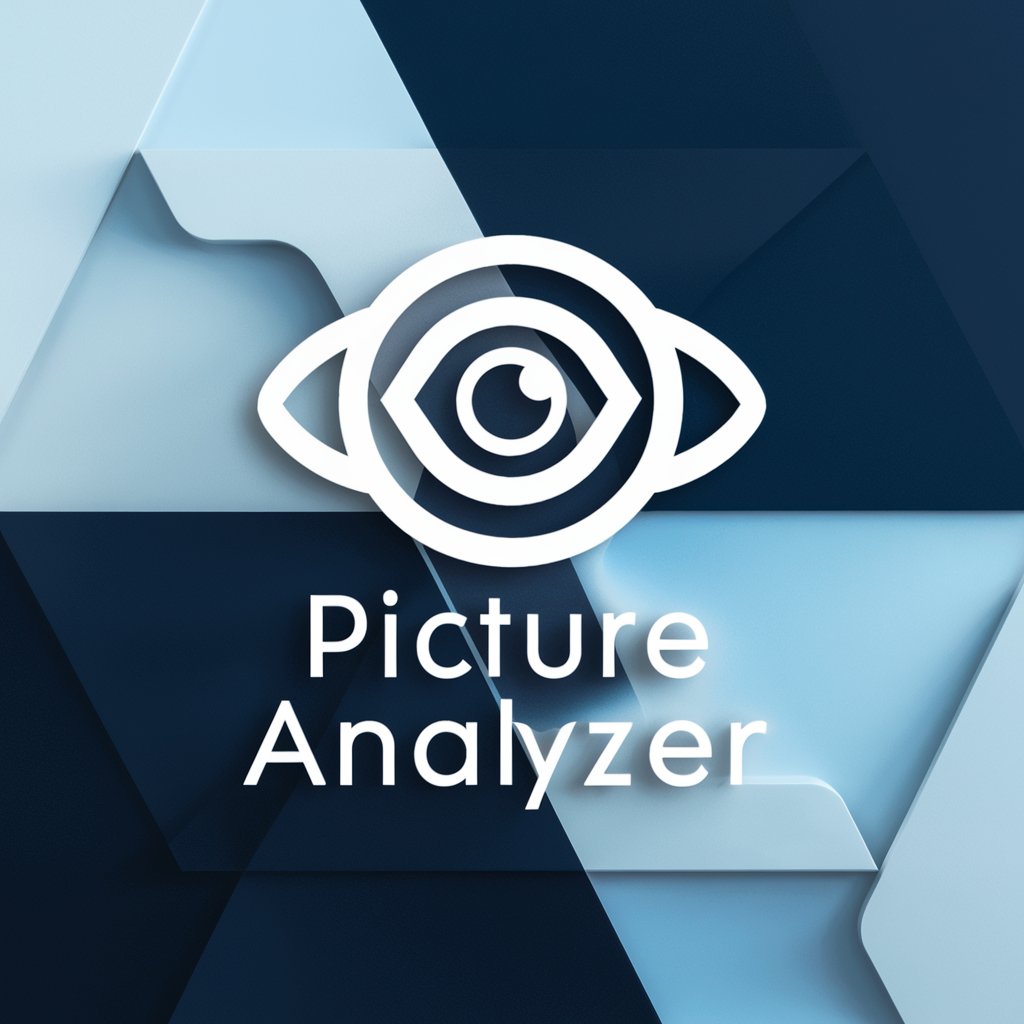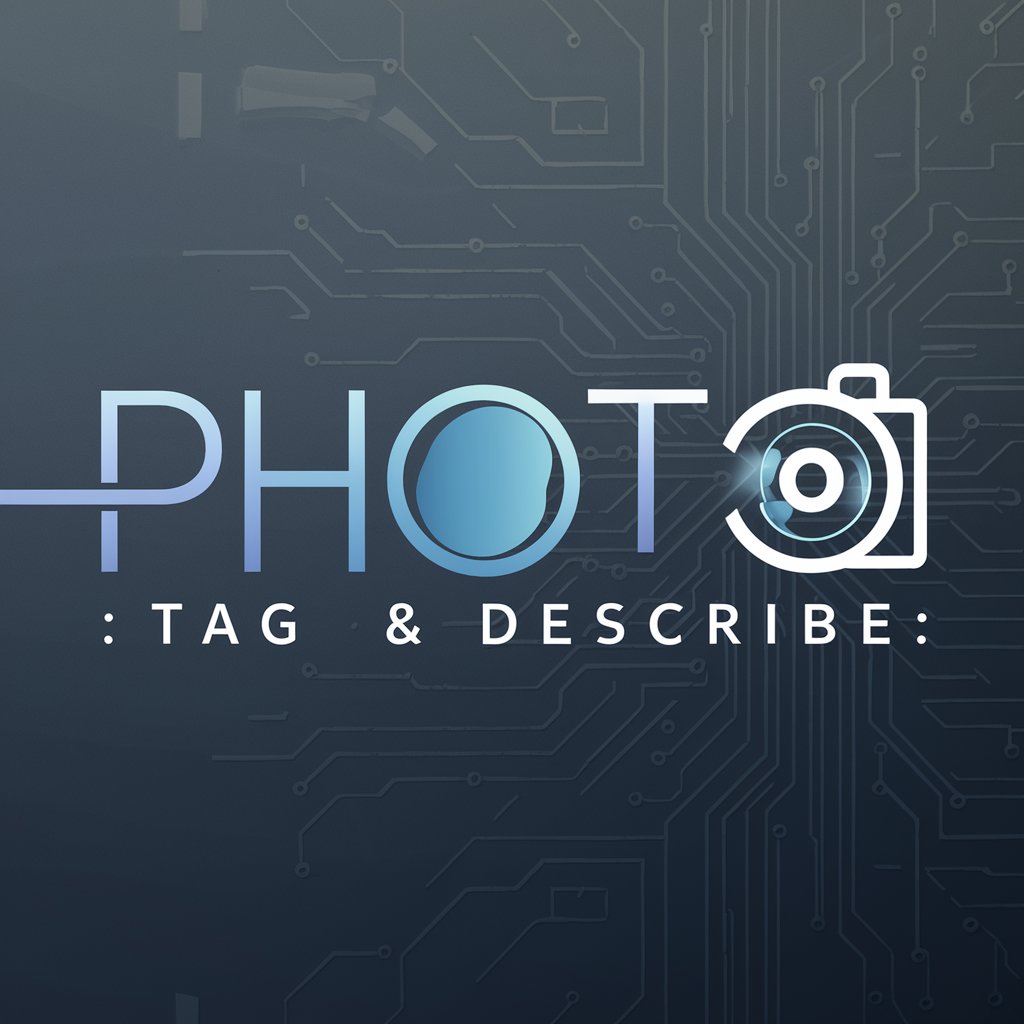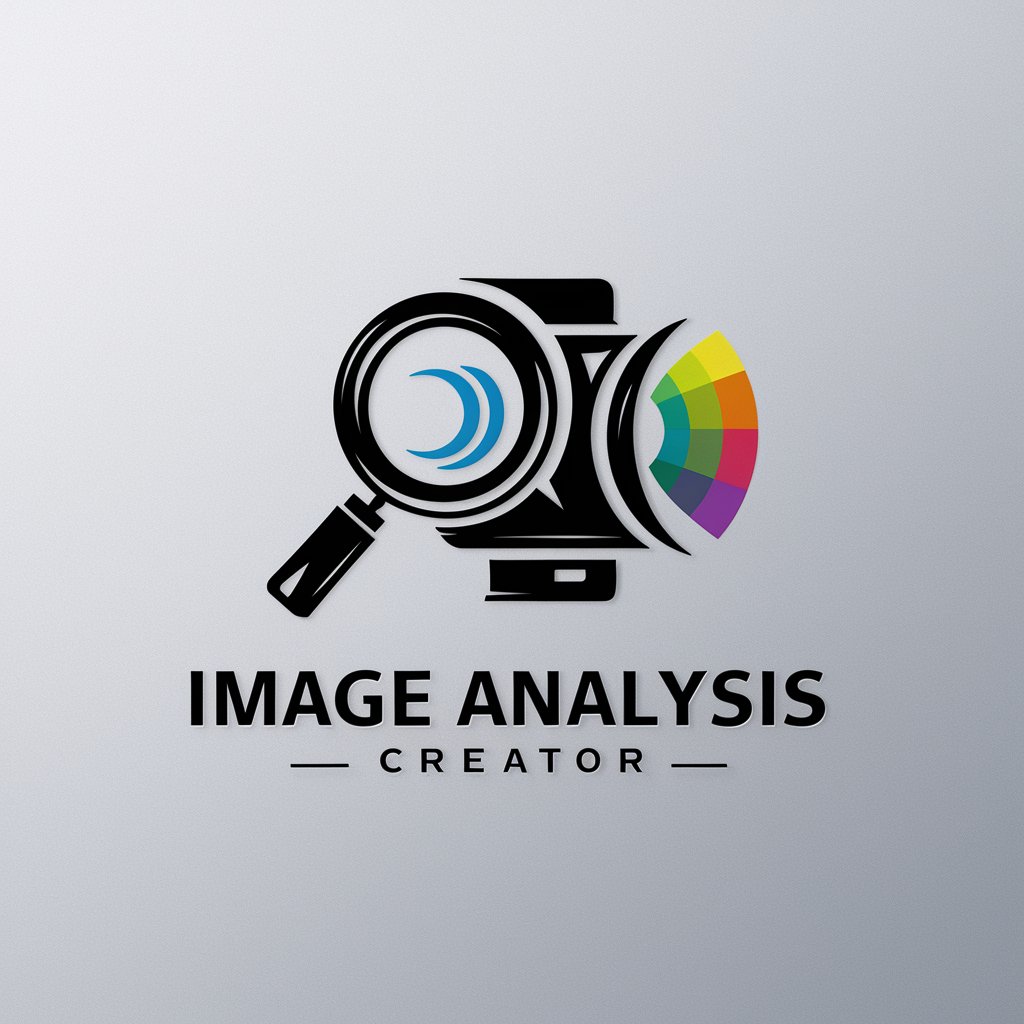
画像分析してタグを付与(Tagger) - AI-powered Image Tagging

Welcome! Let's tag some images.
Transform Images into Insightful Data
Generate a detailed image of
Create an illustration featuring
Design a scene that includes
Produce a digital artwork depicting
Get Embed Code
Overview of 画像分析してタグを付与(Tagger)
画像分析してタグを付与(Tagger) is a specialized tool designed to analyze images and assign relevant tags based on various characteristics like objects, characters, actions, styles, and settings. It uses a comprehensive tagging system to identify specific elements and provide structured metadata. For instance, if an image contains a smiling female character with long, black hair standing outdoors, Tagger could assign tags like '1girl,' 'long hair,' 'black hair,' 'smile,' and 'outdoors,' enabling accurate categorization and quick retrieval of similar images. Powered by ChatGPT-4o。

Core Functions of 画像分析してタグを付与(Tagger)
Character Identification
Example
Identifying characters based on gender, hair color, and style.
Scenario
In an illustration featuring a girl with long, brown hair wearing a blue skirt and smiling, Tagger would apply tags like '1girl,' 'long hair,' 'brown hair,' 'blue skirt,' and 'smile.' This helps quickly find other images with similar character features.
Pose Recognition
Example
Determining the body position and facial direction.
Scenario
If a character is leaning forward while holding an umbrella and looking at the viewer, Tagger assigns tags such as 'leaning forward,' 'holding umbrella,' and 'looking at viewer,' facilitating refined searches involving specific poses.
Style Analysis
Example
Classifying images based on artistic styles.
Scenario
For an image drawn in an anime style with large eyes and simplified features, Tagger would apply the 'anime' tag. If the same image uses bright colors and visible brushstrokes, it might also receive 'watercolor' tags.
Setting Identification
Example
Recognizing image environments like nature or cityscapes.
Scenario
An outdoor scene with buildings and a blue sky could receive tags like 'outdoors,' 'building,' and 'sky.' This is useful for filtering images by specific environments.
Target Users for 画像分析してタグを付与(Tagger)
Artists
Artists can benefit from Tagger by using it to analyze their work for portfolio management. Accurate tags help them categorize their illustrations, making it easier to showcase specific themes and styles.
Content Curators
Content curators responsible for organizing image databases can use Tagger to tag large collections. The structured tags streamline the search process, helping them find relevant images for various projects.
Researchers
Researchers studying visual trends can leverage Tagger's tagging system to analyze large datasets. The data gathered can uncover patterns in image usage, character popularity, and style evolution.

How to Use 画像分析してタグを付与(Tagger)
Step 1
Access yeschat.ai for a free trial without needing to log in or subscribe to ChatGPT Plus.
Step 2
Upload an image via the provided interface. Ensure the image is clear and the subjects are visible to enhance tagging accuracy.
Step 3
Select the 'Analyze Image' button to start the tagging process. The tool will analyze the image and apply relevant tags based on visible elements.
Step 4
Review the tags generated by the tool. You can manually adjust or add tags if necessary to better describe the image content.
Step 5
Use the tagged data for your specific needs, such as organizing a digital image library, improving SEO for digital assets, or training machine learning models.
Try other advanced and practical GPTs
Business Analytics Assistant
Empower Decisions with AI-Driven Insights

Product Innovation Grand Jury
AI-Powered Audience Insights and Analysis

CS Falcon Assistant
Empowering cybersecurity with AI
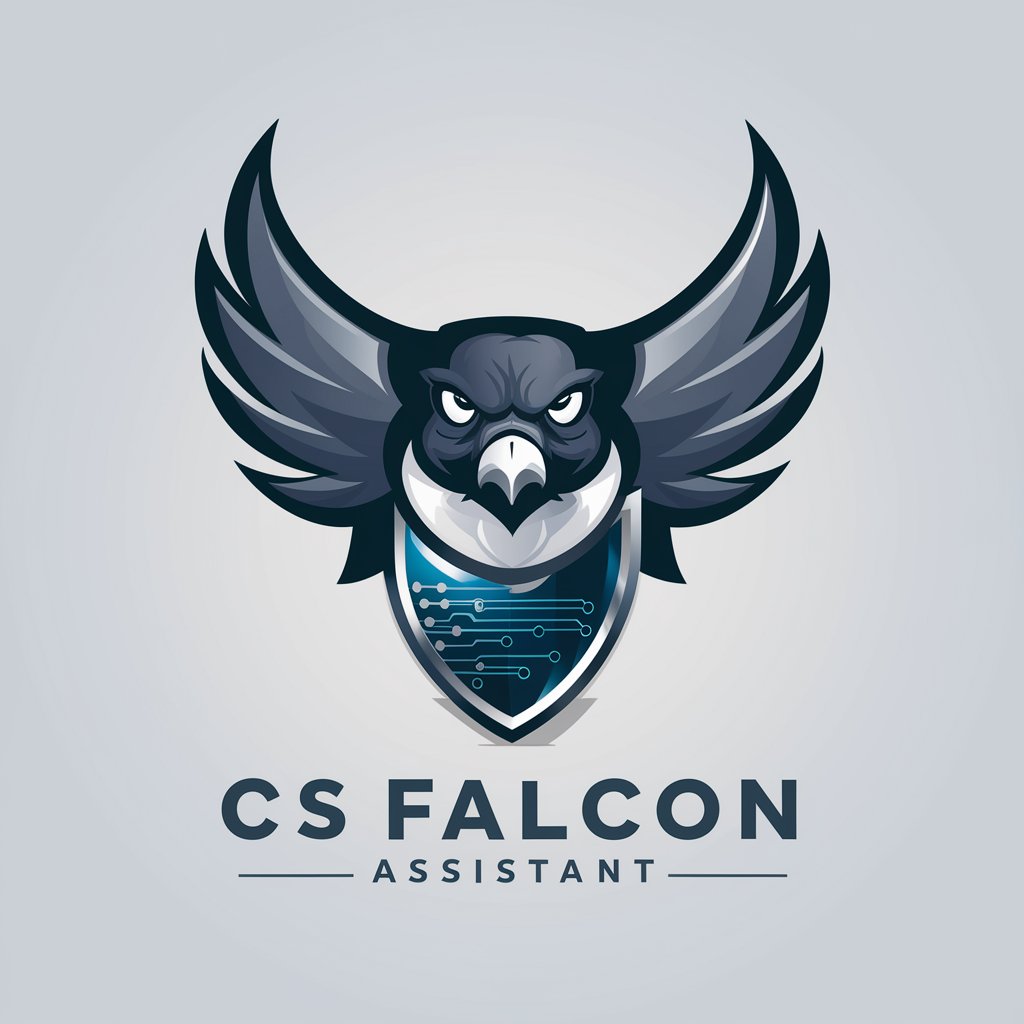
Legal & Contract
Automate Your Legal Tasks Efficiently

のInstagram Hashtag Master
Amplify Your Reach with AI-Driven Hashtags

GeoIntel Analyst
Empower Decisions with AI-Driven Insights

Kehotemuotoilija
AI-powered prompts to enhance creativity

Ask Jane, Interview and Career Advice
Navigating Your Career with AI Precision

安全生产管理全能助手(徐苏测试版)
AI-powered safety management and analysis.

Arca Magicka: The DM's Ultimate Guide v3.1
AI-driven tool for D&D 5e and D&D One

Government Contract RFP Proposal Pro
AI-powered government contract proposal assistant

블로그 작성 도우미
Empower Your Blogging with AI
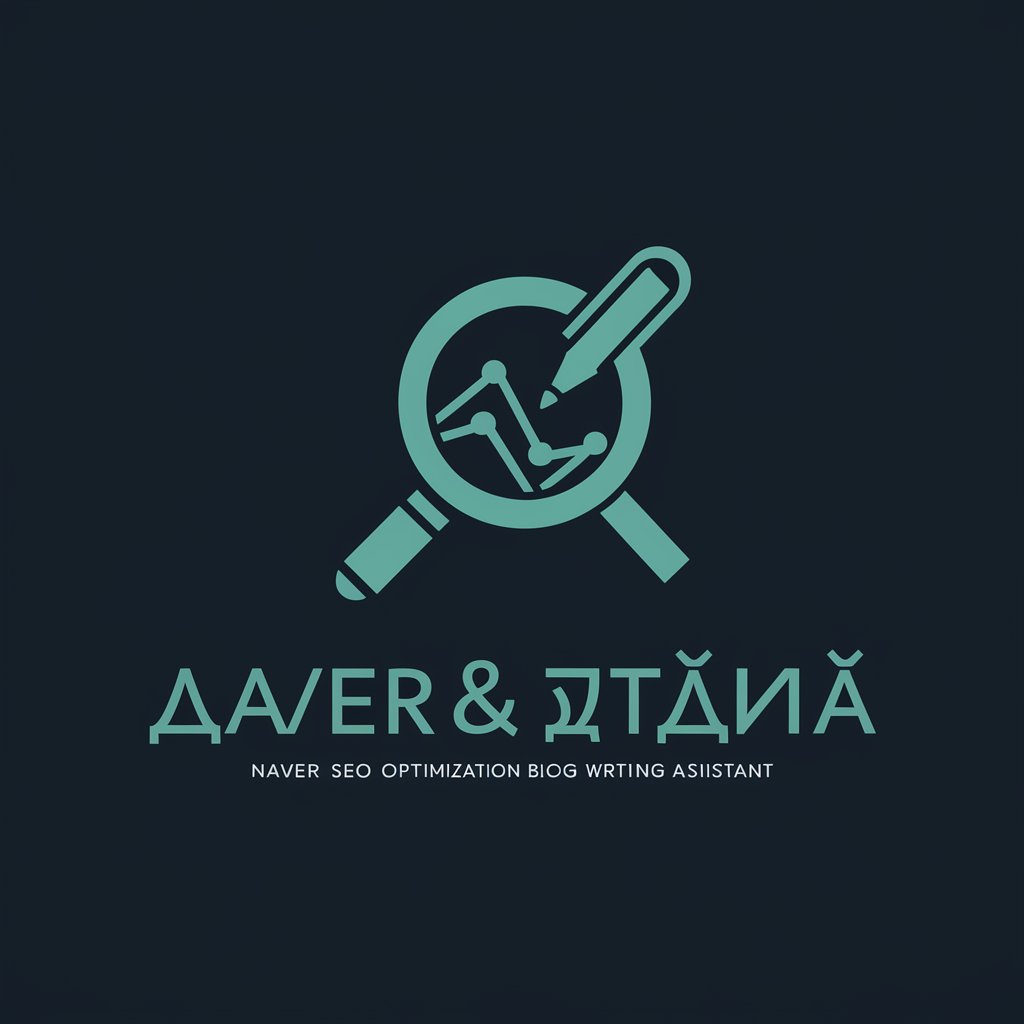
Detailed Q&A about 画像分析してタグを付与(Tagger)
What makes 画像分析してタグを付与(Tagger) unique among other image tagging tools?
Tagger is distinctive for its deep learning-based analysis, which allows for precise and context-aware tagging. Unlike simpler tools, it recognizes complex elements within images and can handle a wide range of image styles and compositions.
Can Tagger identify specific people or brands in images?
While Tagger is optimized for general tagging of elements such as objects, nature, and actions, it does not specifically recognize individual faces or proprietary brand logos due to privacy and copyright considerations.
Is Tagger suitable for tagging images with poor lighting or low resolution?
Tagger performs best with high-quality images with good lighting. Poor lighting and low resolution can hamper the accuracy of the tagging process, but it can still provide general tags based on the visible content.
How can developers integrate Tagger into their own applications?
Developers can integrate Tagger via APIs provided after subscription. This allows for seamless integration with existing databases or apps, enabling automatic tagging of uploaded images.
What are the potential applications of the data generated by Tagger?
The tagged data can enhance search and retrieval in digital asset management systems, improve accessibility via alt-text in web content, and provide training data for AI-driven systems in various industries.
